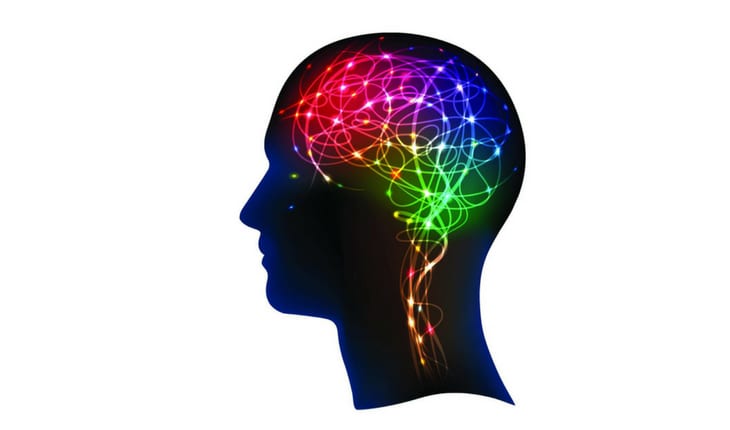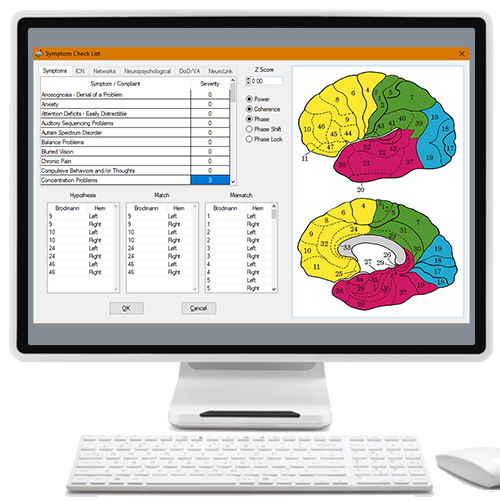
Neurofeedback works by stimulating this activity in certain areas impacting your capability to organize idea, concentrate effort, and control feeling. Neurofeedback has proven to be effective in dealing with individuals suffering from: ADD/ADHD Anxiety Terrible brain injury Trauma Sensory defense and sensory integration disorders State of mind swings, irritability Anxiety Sleep conditions, sleeping disorders, restless leg syndrome Knowing Disabilities (dyslexia, dysgraphia, dyscalculia) Executive working difficulties Headaches, migraines In addition, neurofeedback likewise might help people to: Gain control over emotions Establish more powerful memory retention Boost capability to focus mentally and physically Boost efficiency in sports and other physical activities Offer more efficiently with performance stress and anxiety (e.g., tests, public speaking, high-pressure situations) Attain a much better sense of general wellness.
Learning Condition Electroencephalogram Biofeedback for Reading Disability and Distressing Brain Injury by Thornton KE Ph. D. and Carmody DP Ph. D. Reading impairments present significant difficulties to the educational system. The approximated prevalence rate for finding out disabilities is 15% of the trainee population, with 6.5 million children needing unique education in 2002.
Between 28% and 43% of prisoners in adult reformatories need special education (versus 5% in regular population), and 82% of prison prisoners in the United States are school dropouts. read complete text (PDF) Research Documents Post WISC-R and TOVA enhancement with QEEG directed neurofeedback training in psychologically retarded: a medical case series of behavioral issues (abstract) by Surmeli T, Ertem A.

Rumored Buzz on Neurofeedback
In pilot work, we have seen positive clinical effects of Neurofeedback (NF) applied to children with Trisomy 21 (Down Syndrome) and other forms of mental retardation. Given that many clinicians use NF in Attention Deficit Hyperactivity Disorder and Generalized Learning impairment cases, we studied the outcomes of a clinical case series using Quantitative EEG (QEEG) assisted NF in the treatment of psychological retardation.
The QEEG information for the majority of topics had actually increased theta, alpha, and coherence irregularities. check out full text Effect of SMR-Beta Training on Neurocognitive Performance by Kaiser D Ph. D. One-hundred and two school-aged kids (28 woman, 74 male) with attentional issues (spontaneous, inattentive, and/or hyperactive) participated in this study. Thirty-two were plainly identified with ADHD/ADD.
Typically, the consumption requirements were generous. Nearly half of the children showed finding out specials needs, Conduct Condition, or ODD comorbid conditions. read full text (DOC) Neurofeedback for Elementary Trainees with Recognized Knowing Problems (abs. pg. 4) by Orlando PC Ph. D. and Rivera RO B.S. The goal of this research was to establish whether fundamental reading, reading comprehension, the reading composite, and IQ scores might be enhanced using neurofeedback.

The Brain Mapping Statements
Control and experimental groups were picked at random. check out full text (PDF) EEG and Behavioral Changes Following Neurofeedback Treatment in Knowing Disabled Kids (abs.) by Fernández T, Herrera W, Harmony T, DÃaz-Comas L, Santiago E, Sánchez L, Bosch J, Fernández-Bouzas A, Otero G, Ricardo-Garcell J, Barraza C, Aubert E, Galán L, Valdés R Neurofeedback (NFB) is an operant conditioning procedure, by which the subject finds out to control his/her EEG activity. In all topics who accomplished dependable control of left-hemispheric brain actions, considerable adjustment of word processing was observed. read full text EEG Sensorimotor Rhythm Biofeedback Training: Some Results on the Neurologic Precursors of Learning Disabilities (abs.) by Tansey MA This research study presents a scientific treatment program for pathological interhemispheric dysfunction with respect to a population of finding out disabled kids.
read complete text EMG and EEG Biofeedback Training in the Treatment of a 10-year-old Hyperactive Young Boy with a Developmental Checking out Disorder (abs.) by Tansey MA and Bruner RL The serial application of electromyographic (EMG) and sensorimotor (SMR) biofeedback training was tried with a 10-year-old young boy providing a triad of symptoms: an attention deficit condition with hyperactivity, developmental reading disorder, and ocular instability.
read complete text The Impact of Training Unique Neurofeedback Protocols on Aspects of Cognitive Performance (abs.) by Vernon D, Egner T, Cooper N, Compton T, Neilands C, Sheri A, Gruzelier J Making use of neurofeedback as an operant conditioning paradigm has divulged that participants have the ability to gain some control over specific elements of their electroencephalogram (EEG).
get more info